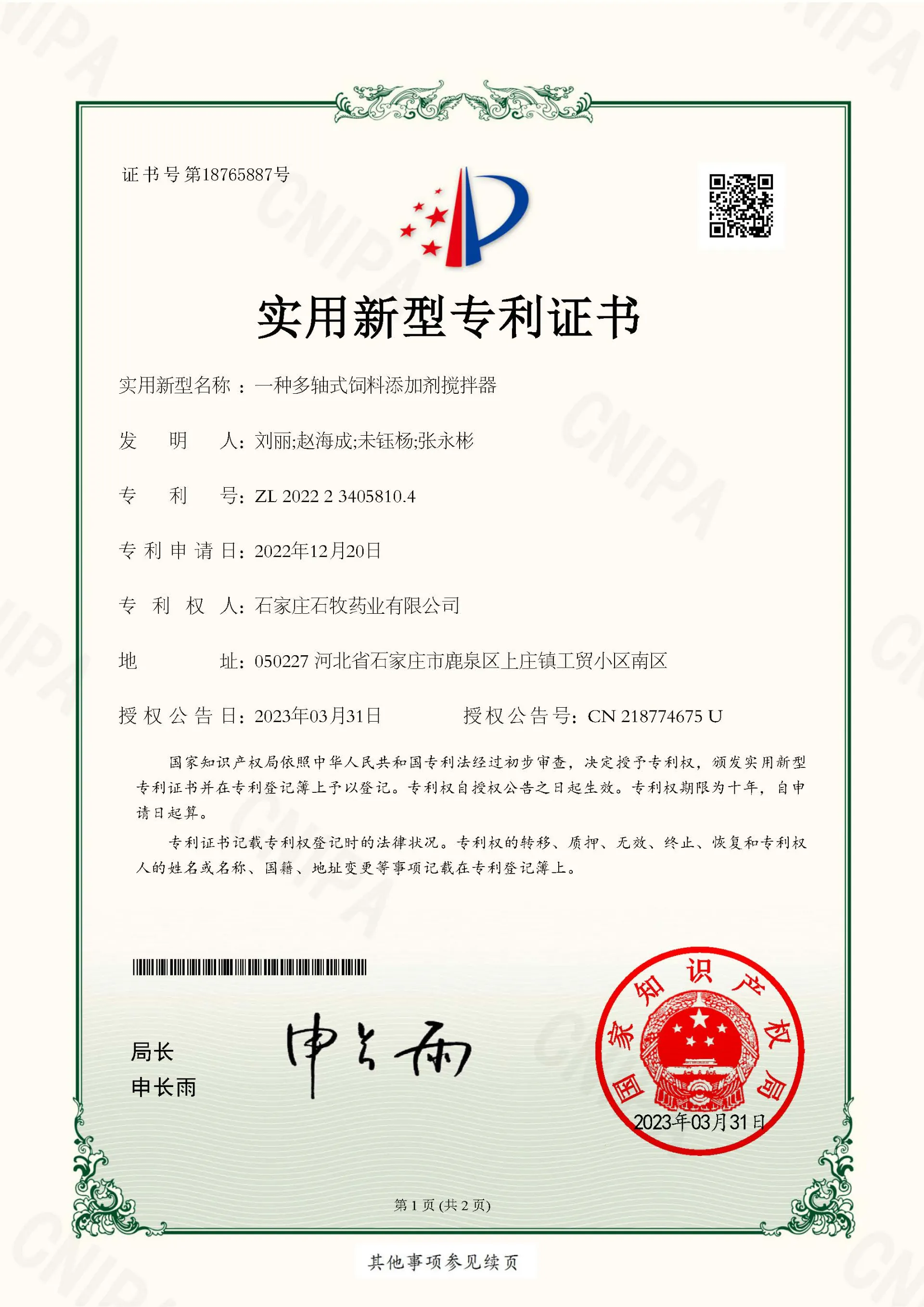While anti-expectorant drugs can be highly effective, they are not without potential side effects. Common adverse effects may include dizziness, drowsiness, nausea, and gastrointestinal discomfort. In higher doses, particularly with dextromethorphan, there is a risk of misuse and abuse, especially among adolescents and young adults.




